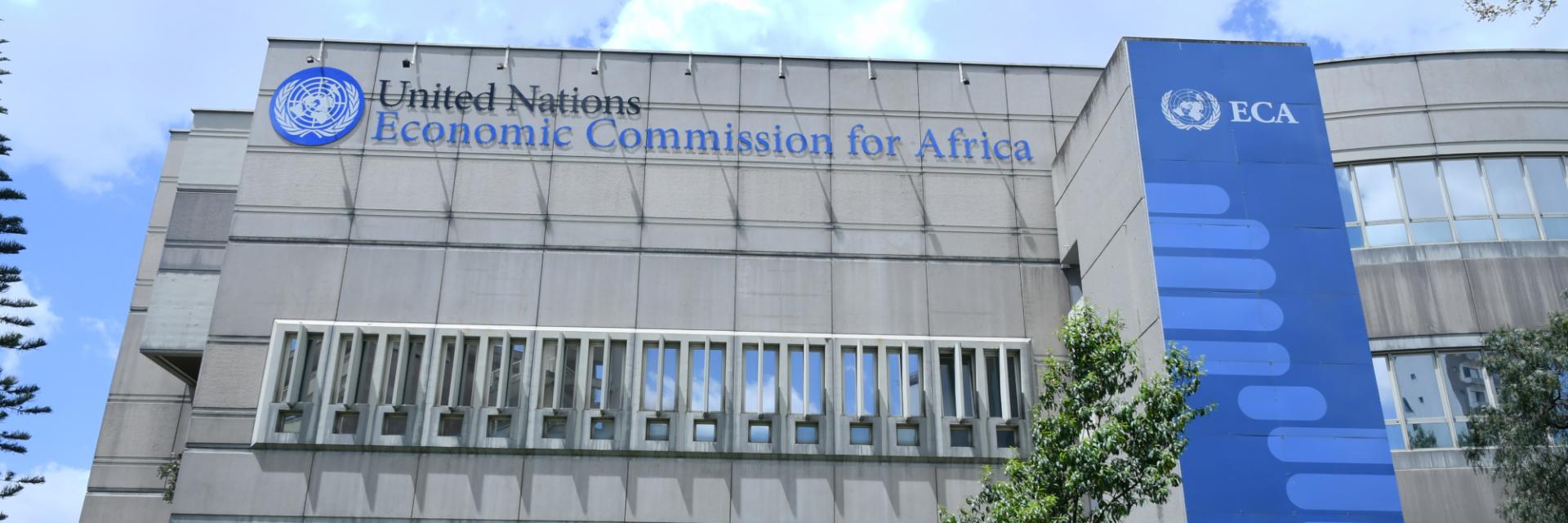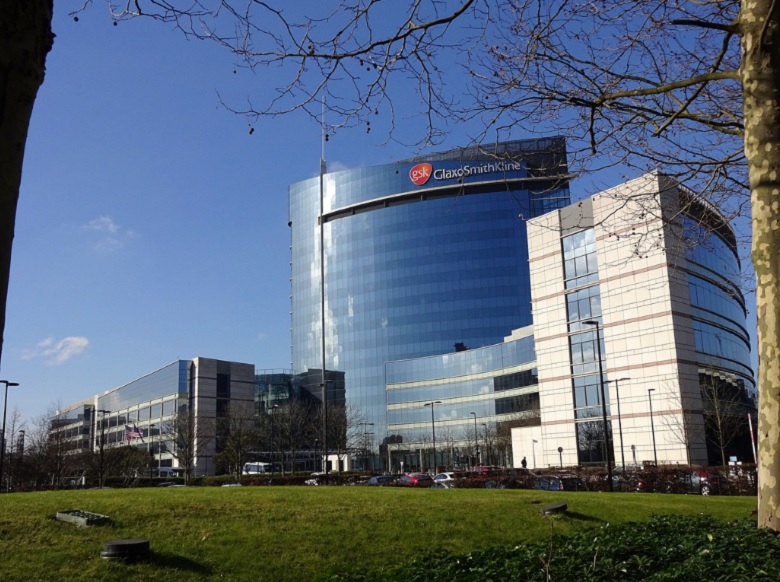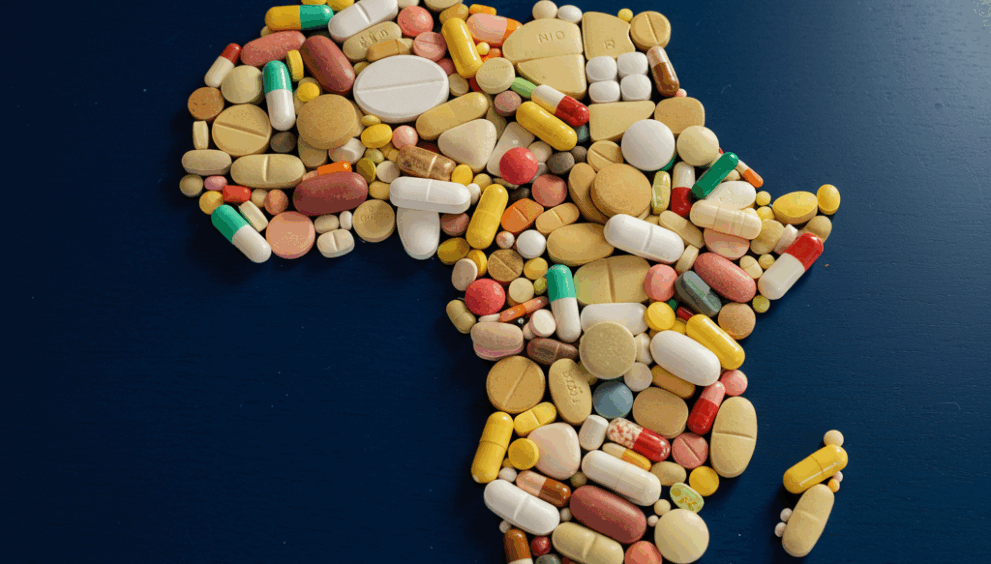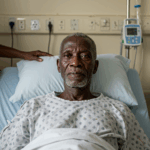Africa’s pharmaceutical industry is undergoing a transformative expansion, with total revenues anticipated to climb from USD 64.2 billion in 2025 to USD 118.3 billion by 2032, reflecting a robust compound annual growth rate of 9.10 percent during this period. This surge builds on an already substantial base: in 2023 the market was valued at USD 26.85 billion and was projected to grow at a 3.4 percent CAGR through 2030. By 2025, pharmaceutical revenues in Africa are expected to reach USD 13.63 billion, equating to per-capita spending of approximately USD 53.10 and marking a 4.73 percent annual growth rate through 2030.
Urban migration and shifting lifestyles lie at the heart of the market’s rapid expansion. As Africa’s cities swell, changes in diet, reduced physical activity, and increased tobacco use have driven a marked rise in non-communicable diseases such as diabetes, cardiovascular disorders, and cancers. Pharmaceutical companies are responding by broadening their portfolios to include chronic-disease management drugs, preventive therapies, and patient-support services tailored to urban populations confronting lifestyle-related health challenges.
Parallel to demand-side drivers, regional regulatory harmonization is streamlining drug approvals and market access across Africa. Initiatives such as the Africa Medicines Regulatory Harmonization (AMRH) and the African Continental Free Trade Area (AfCFTA)-Anchored Pharmaceutical Initiative are lowering approval timelines and fostering pooled procurement mechanisms. These frameworks, supported by the United Nations Economic Commission for Africa, align with the Africa Medicines Agency and the Pharmaceutical Manufacturing Plan for Africa to stimulate private-sector investment and reduce dependence on imports.
Local production initiatives are further bolstering the sector’s growth. The African Development Bank’s African Pharmaceutical Technology Foundation serves as a catalyst for technology transfer, connecting domestic manufacturers with global partners to enhance local capacity and ensure a stable supply of essential medicines. By providing investment incentives, regulatory support, and capacity-building grants, this foundation is helping to shift Africa toward self-sufficiency in key therapeutic areas.


Nigeria has emerged as a leading national market, propelled by sweeping healthcare reforms, heightened R&D investments, and an expanding network of domestic pharmaceutical plants. The National Agency for Food and Drug Administration and Control plays a pivotal role in maintaining quality standards and streamlining market entry. Meanwhile, the Democratic Republic of Congo is attracting investment in both manufacturing facilities and distribution networks, signaling growing confidence in Africa’s ability to meet its own pharmaceutical needs.
Global and regional leaders are all vying for a piece of Africa’s expanding market. Sanofi, Pfizer, GSK, Novartis, Bayer, and Roche are among the multinational firms deepening their presence through joint ventures, technology licensing, and dedicated funding vehicles such as Sanofi’s Evergreen Venture Fund. African‐Indian collaborations, exemplified by Aspen’s vaccine manufacturing partnership with the Serum Institute of India, underscore the strategic push toward alliances that leverage regional expertise and global innovation pipelines.
Segmentation by dosage form reveals that oral formulations continue to dominate market share, while parenteral and inhalation products grow in importance for acute care and emergency interventions. Topical and transdermal delivery systems are also gaining traction, particularly in dermatological and wound-care applications. This diversification in dosage forms reflects a broader commitment to meet diverse patient needs across inpatient, outpatient, and home-care settings.
Despite this dynamism, the industry faces enduring challenges. Fragmented supply chains, inconsistent cold-chain infrastructure, and regulatory obstacles still hinder the seamless distribution of medicines, especially in remote regions. Intellectual property frameworks remain unevenly applied across countries, complicating market entry for novel therapies and discouraging some innovators. Addressing these constraints will require coordinated investment in logistics, harmonized patent laws, and strengthened public-private partnerships to ensure equitable access to life-saving drugs.
Looking forward, Africa’s pharmaceutical market is poised to sustain its upward trajectory through 2032 and beyond. Continued urbanization, rising incomes, and expanding health-insurance coverage will drive demand for both innovative and generic medicines. At the same time, deepening regulatory cooperation, strategic investments in local manufacturing, and technology partnerships will enhance resilience and reduce reliance on imports. If current momentum holds, Africa will not only close treatment-access gaps at home but also play an increasingly prominent role in global pharmaceutical innovation and production.
Source: Africa Pharmaceuticals Market Analysis, Growth Trends, and





